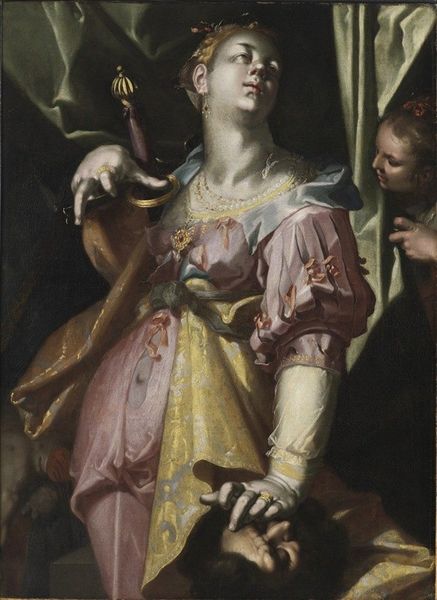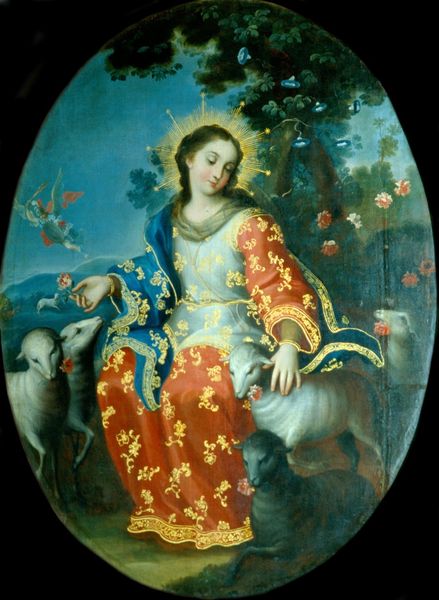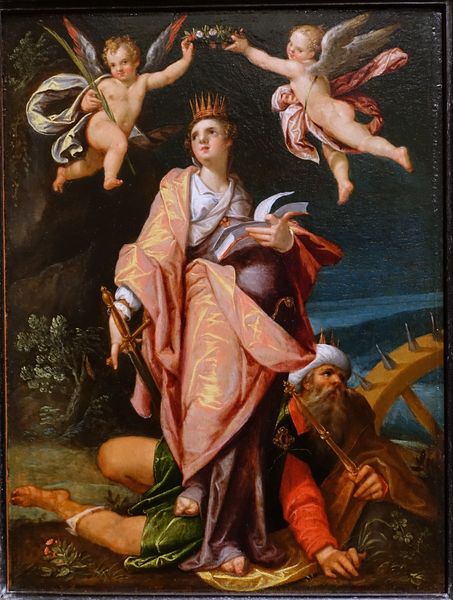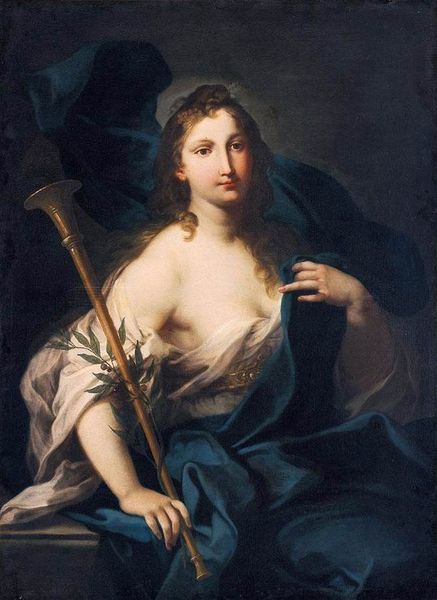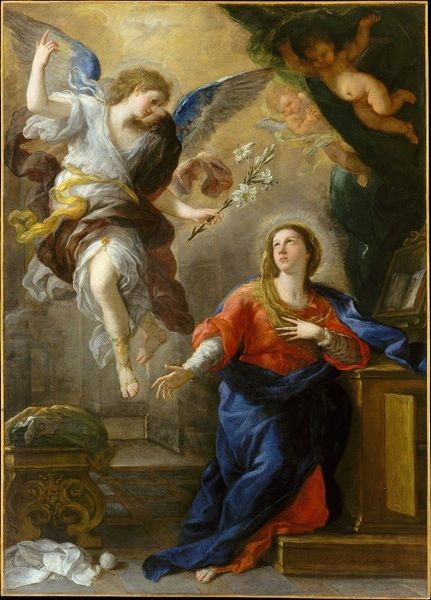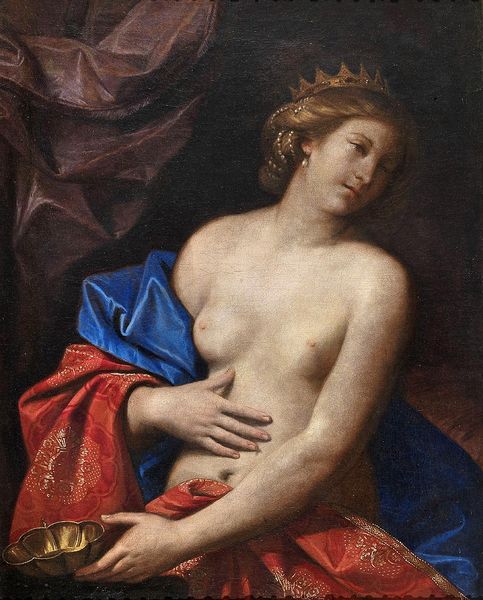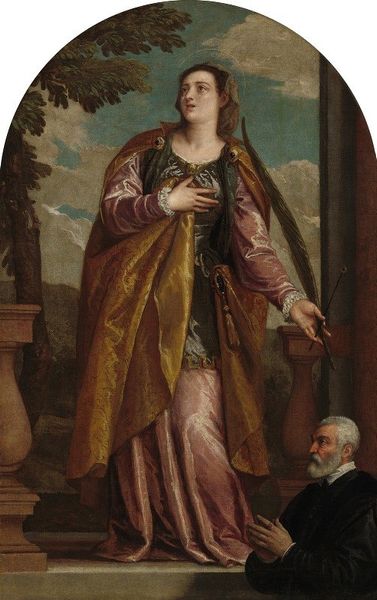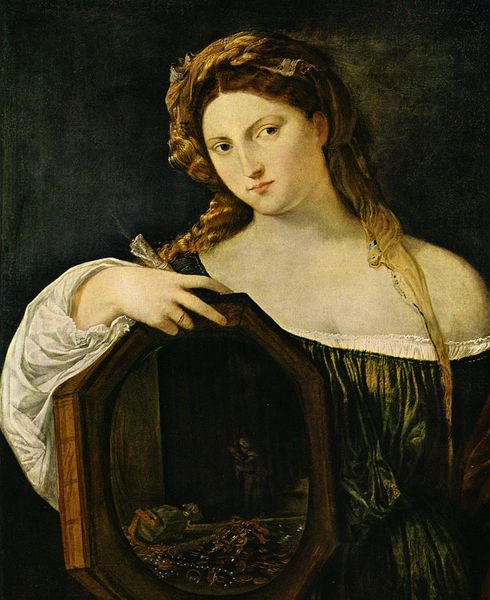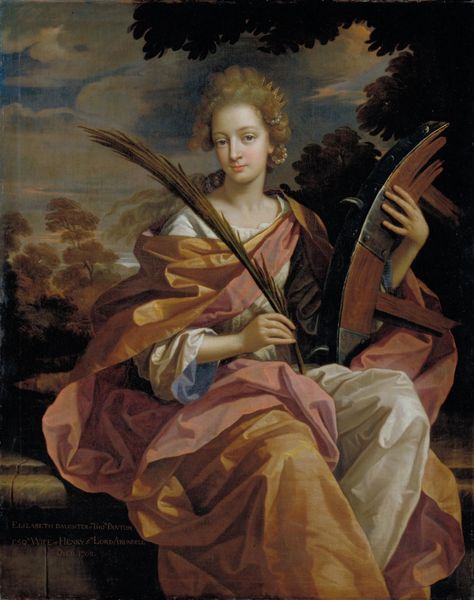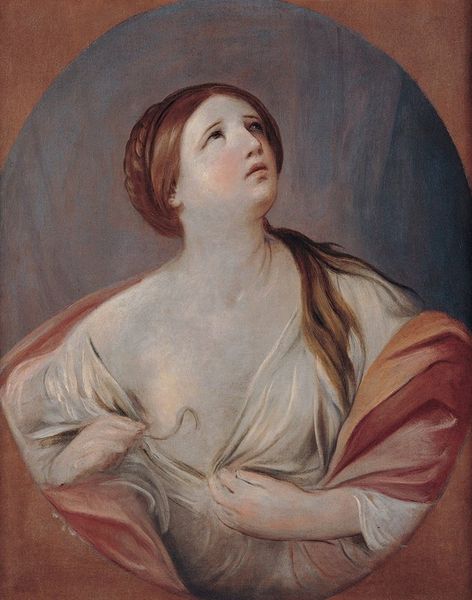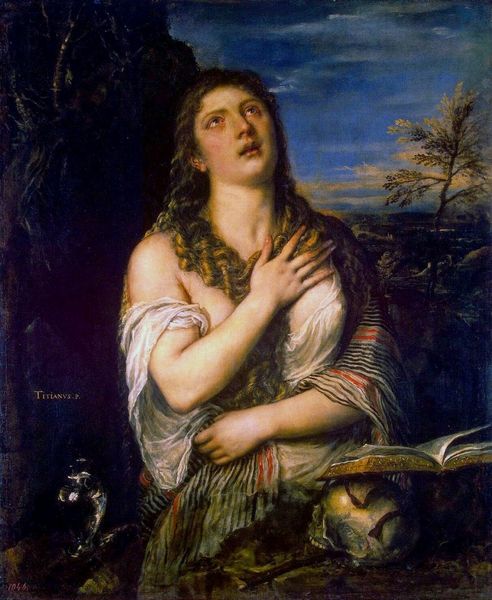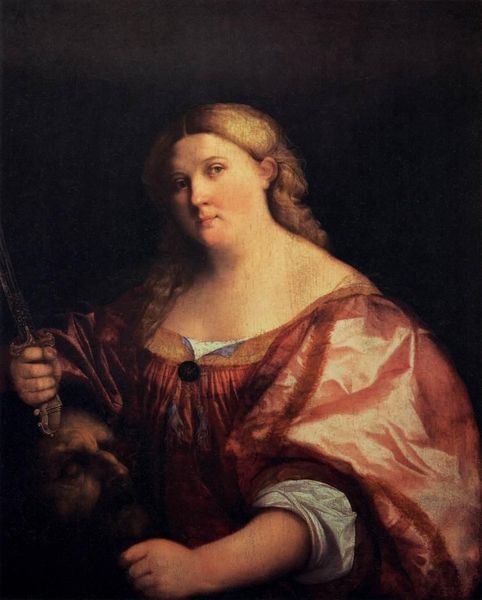
oil-paint
#
baroque
#
oil-paint
#
landscape
#
figuration
#
oil painting
#
roman-mythology
#
mythology
#
italian-renaissance
#
nude
Dimensions: 177 x 129.5 cm
Copyright: Public domain
Editor: Guido Reni’s *The Abduction of Europa,* painted in 1639, uses oil paint to depict this classical myth. It's got this dreamy, almost unreal quality, doesn't it? What stands out to you when you look at this piece? Curator: For me, it's the audacity of Reni's interpretation. He takes a story fraught with violence and potential trauma and turns it into something…serene. Look at Europa's gaze; is that fear, or is it something akin to curiosity, or even a knowing compliance? And that Cupid, mischievously firing his arrow from above, as if this whole thing is just a divine prank! Editor: It is pretty, despite the subject matter, even lighthearted! The colors are so soft, especially that flowing fabric. But the title, abduction… It feels like a contradiction, doesn’t it? Curator: Precisely! That tension is where the power lies. Reni isn’t just illustrating a story; he's inviting us to question it. What does abduction *mean* when a god is involved? Is Europa a victim, or a participant in her own destiny? Think of it: Europa is not only being taken across the sea; her name *is* the sea being crossed, as it is being given to an entire continent. The scene reminds me a bit of Botticelli's Venus, floating ethereally to shore… both hinting at birth and beauty born out of tumultuous moments. Editor: So, Reni is playing with the narrative, almost like remixing a myth! It really reframes how I thought about the painting and its subjects, both the characters themselves but also the whole story behind it. Curator: Exactly! It’s a reminder that art isn’t just about what we see, but how we see it. The artist presents one view of the myth which allows us to project ourselves into the role, whether willingly or unwillingly!
Comments
No comments
Be the first to comment and join the conversation on the ultimate creative platform.
